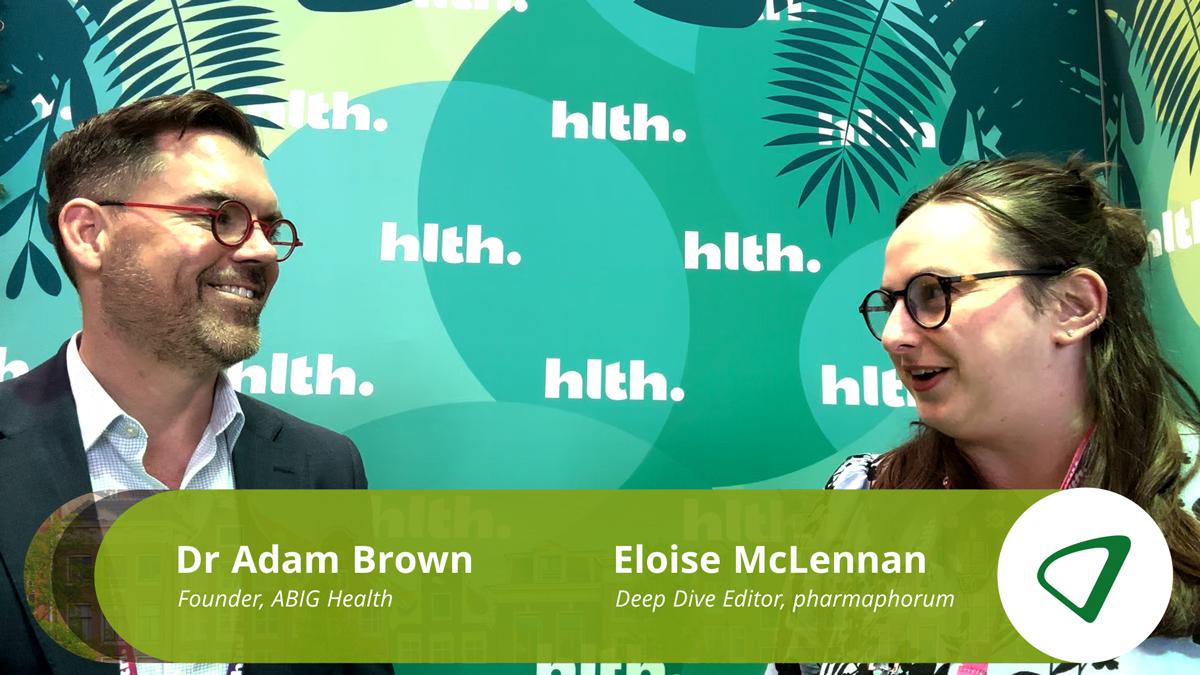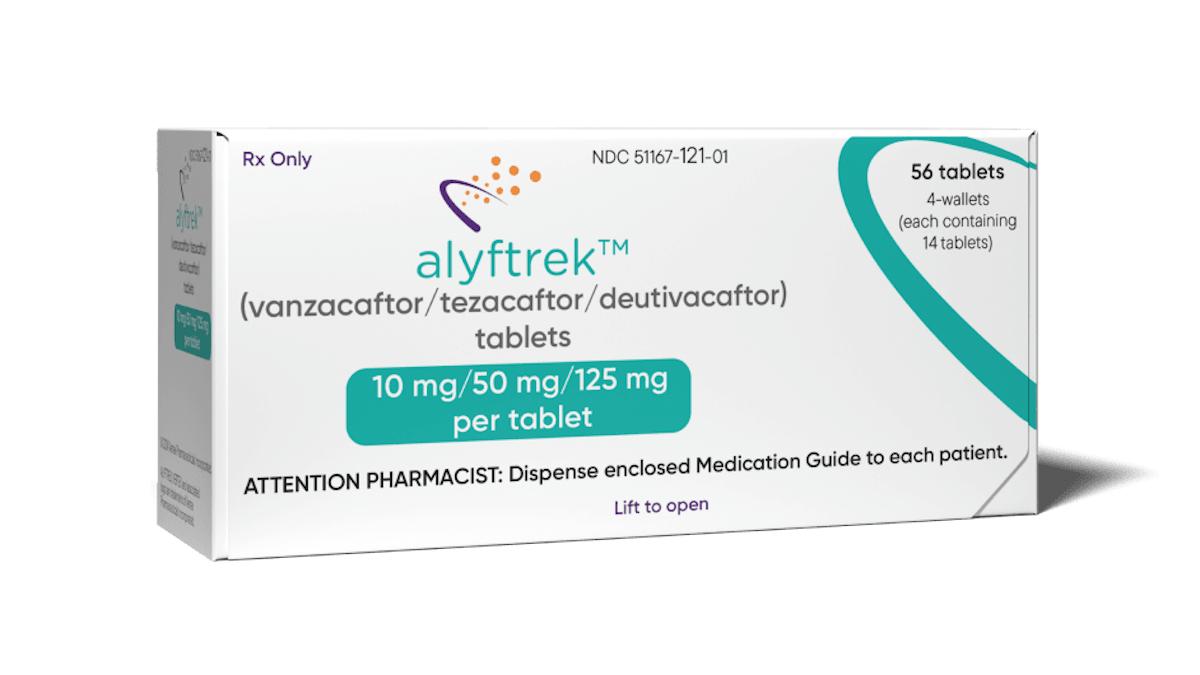Is the name ‘rare disease’ responsible for the lack of interest from Big Pharma?

Anil Mehta
University of Dundee
In this article, Anil Mehta explores the opinions behind rare diseases, questioning whether the name itself is responsible for the relative lack of interest from pharma. He also discusses ways in which pharma companies can best appreciate what rare diseases can do for them, looking at the benefits to spending time and money researching and developing orphan drugs.
When the concept of a rare disease is thought about in clinical practice, rare is often interpreted as unprofitable. At best, it might be thought of as either too unimportant or too complicated and therefore irrelevant in the minds of the majority of funders. The rationale for this widely held but erroneous view is that by definition, a rare disease is one that I or the person in the street am / is unlikely to ever encounter and therefore it cannot possibly be of relevance to my daily practice – i.e. my CFO says that I (as a developer of new therapies) must focus on much more common diseases that are seen on a daily or weekly or monthly basis by primary care. Hence the purpose of this short article is to try and illustrate that nothing could be further from the truth. A true challenge to the canons.
Instead, the concept of rare diseases should perhaps be regarded as merely the floating and visible tips of a sea of icebergs, whereby each submerged berg-entity is a conal manifestation of a network of (submerged) common diseases in the community. Consider the disease Birt-Hogg-Dube (BHD) – which has renal cancer as a complication. If the concept of BHD as a rare disease were replaced by the term ‘sentinel disease’, then I think that the pharmaceutical industry would become far more interested. I suggest that they would be interested in the idea that the network set of genes and / or environmental influences that impinge on the gene product causal of BHD, create an extreme phenotype reflective of a much broader spectrum of diseases that lie within the group or pathway of which the rare / sentinel disease is merely the ‘extreme of phenotype’ clinical manifestation. If we think of all renal cancer (the submerged part) and BHD (the sentinel flag) then we can advance both rare and common from one focus, if only we could think differently.
 ,
"When the concept of a rare disease is thought about in clinical practice, rare is often interpreted as unprofitable."
 ,
The rare – sentinel divide is a direct result of the way we are taught, that is decades out of date. From a classical pharmacology perspective, as taught to life science students and doctors throughout the world (copied from old text books largely), a ligand meets a receptor and multiple quasi-linear events follow that interaction with a feedback loop or two thrown in. In my 20 year experience, that is the limit of knowledge of most students. But consider the case of commonly prescribed anti-hypertensive drugs. The patient is diagnosed with a raised blood pressure and (say) an angiotensin receptor blocker (ARB) or an ACE inhibitor is prescribed. Classical teaching would expect some reasonably immediate and measurable end point to occur i.e. a drop in blood pressure back towards some pre-defined normal range as a result of the therapy. In clinical practice however, nothing much happens for a period of about three to four weeks and the blood pressure then gradually declines. So there is a marked disparity between what is taught in the ‘immediate’ pharmacology class and what actually happens with the patient.
In the new pharmacology, this is now understood as a shift or redistribution of the pathways that underpin the complex phenotype that underpins the submerged network of which a raised BP is just one manifestation. At a clinical level, this is often manifest as either one particular drug not having any therapeutic benefit for a given patient, versus another one that should be equally efficacious (but in practice is not) because the pathway set points differ between patients. Looked at the other way, if 100 patients get a drug and all have high blood pressure, only a few will die of a stroke or get heart failure and yet all get the drug. This is rarely explained to the patient!
With respect to a rare disease context, situation is much worse. A therapy is proposed, the patients are treated with the therapy and not all respond. Experience has shown that even when the genetic phenotype of the rare / sentinel is well described, inexplicable differences in outcomes occur when one particular drug, targeted at one particular protein, none the less gives you different outcomes in different modalities depending on genetic / social / environmental interactions, which are often unclear.
 ,
"The rare – sentinel divide is a direct result of the way we are taught, that is decades out of date."
 ,
So one way of approaching this problem is to use the rare diseases that exist (and there are many thousands of them), each as the means to dissect out (non-linear or network) pathways that constitute the interactions between the products of the 30000 genes that constitute a human being. This requires a mastery of graph theory, hardly taught to medical or life science students at all and barely understood by the author.
A good example is haemophilia, which is classed as a rare disease. The disease can be severe or moderate, but can be mild. There are a number of ways of expressing that variability, either as a percentage of the activity of the missing clotting factor that would be expected in an otherwise normal population, or seeing how that normal range compares to the sentinel or rare disease haemophilia. Disease and normal are thought to be poles apart, rarely considered together (pun intended). If the median or average value for the clotting factors in the ‘man on the street’ is given the value 2, then the inter-man range extends from 1 to 3. Women may be different. So the average person walking down the street has a value that is normal comprised of either one two or three units expressing a range of the clotting factor in question. In contrast, the patient with haemophilia has somewhere in the range of 1/10 of one or 0.1. So the disease is haemophilia, but is it rare or is it a sentinel example?
 ,
"So my plea is not to regard rare diseases as Cinderella’s in the field of medicine..."
 ,
And what about all those ‘normal’ patients that lie ‘normally’ between 0.1 and 1? What do they have (if anything) as a disease? It might be that when some intervention takes place, such as a monthly period, operation, trauma or some other insult, such as a high vitamin E or a low vitamin K problem, some of those patients will develop a bleeding complication. So a baby born with intermediate levels of that particular clotting factor, who is subjected to head trauma at birth, as many babies are, could suffer a catastrophic haemorrhage, because they had a borderline level of the sentinel disease haemophilia, but had they been born by caesarean section they might not have suffered that complication at that stage of their lives. But what about all those women with heavy menstrual periods? Hence, it is now becoming clear that the way in which networks within cells are organised is that a deficiency occurs in a particular pathway, and the cell responds by introducing a set of compensatory pathways which mask the sentinel disease: until the network fails.
So my plea is not to regard all rare diseases as Cinderellas in the field of medicine and in particular not to regard them as a numbers game to be aggregated across continents to calculate whether costs of developing a therapy are justified. Instead, regard rare diseases as the gatekeepers to a wider understanding of a much broader problem, whose significance is only just being appreciated by those who are interested in pathways in general and rare diseases within those pathways, as extreme examples of the phenotype of much more common diseases that afflict mankind. Rare is not just common (when aggregated), but rare is sentinel…so listen to the music, remembering that writing about music is like dancing about architecture.
 ,
About the author:
Anil Mehta, a practicing Paediatrician, has been working in the rare disease field for over twenty years. His experience spans the disciplines of bioengineering, biochemistry and medicine/epidemiology. His undergraduate work was undertaken in Oxford and London and his postgraduate experience was supported by the UK Medical Research Council and, thereafter, by grants from the Wellcome Trust and other leading UK charities.
Anil is currently a Clinical Academic at the University of Dundee, an Institute of Higher Education in Scotland with extensive links to industry. He has published over seventy peer reviewed papers with publications in the rare disease field in leading Journals including two recent papers in the Lancet where a podcast of his research is available in an archive at www.lancet.com/lancet-audio-2010 (March 20th 2010).
Should the name 'rare disease' be changed?













